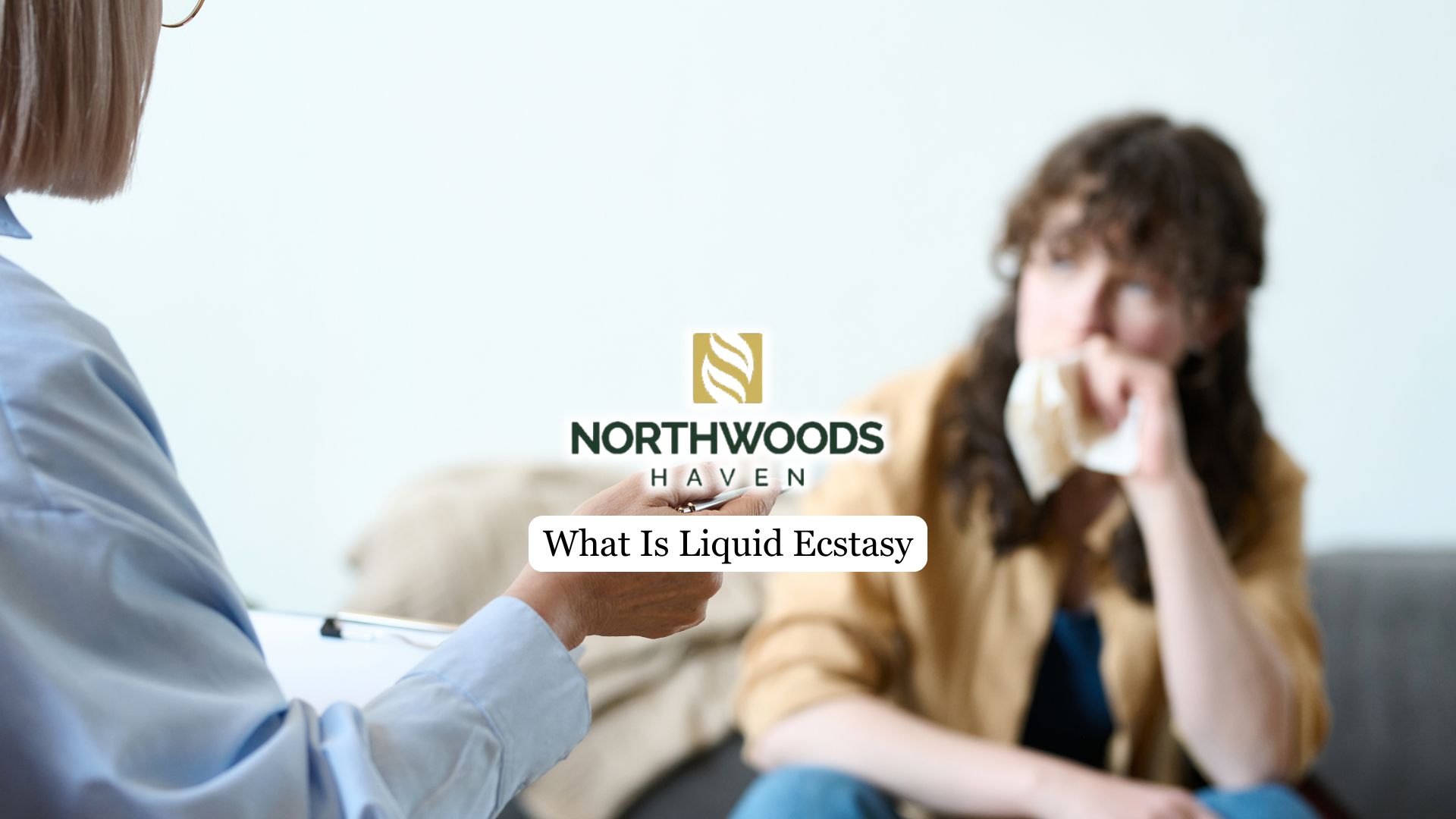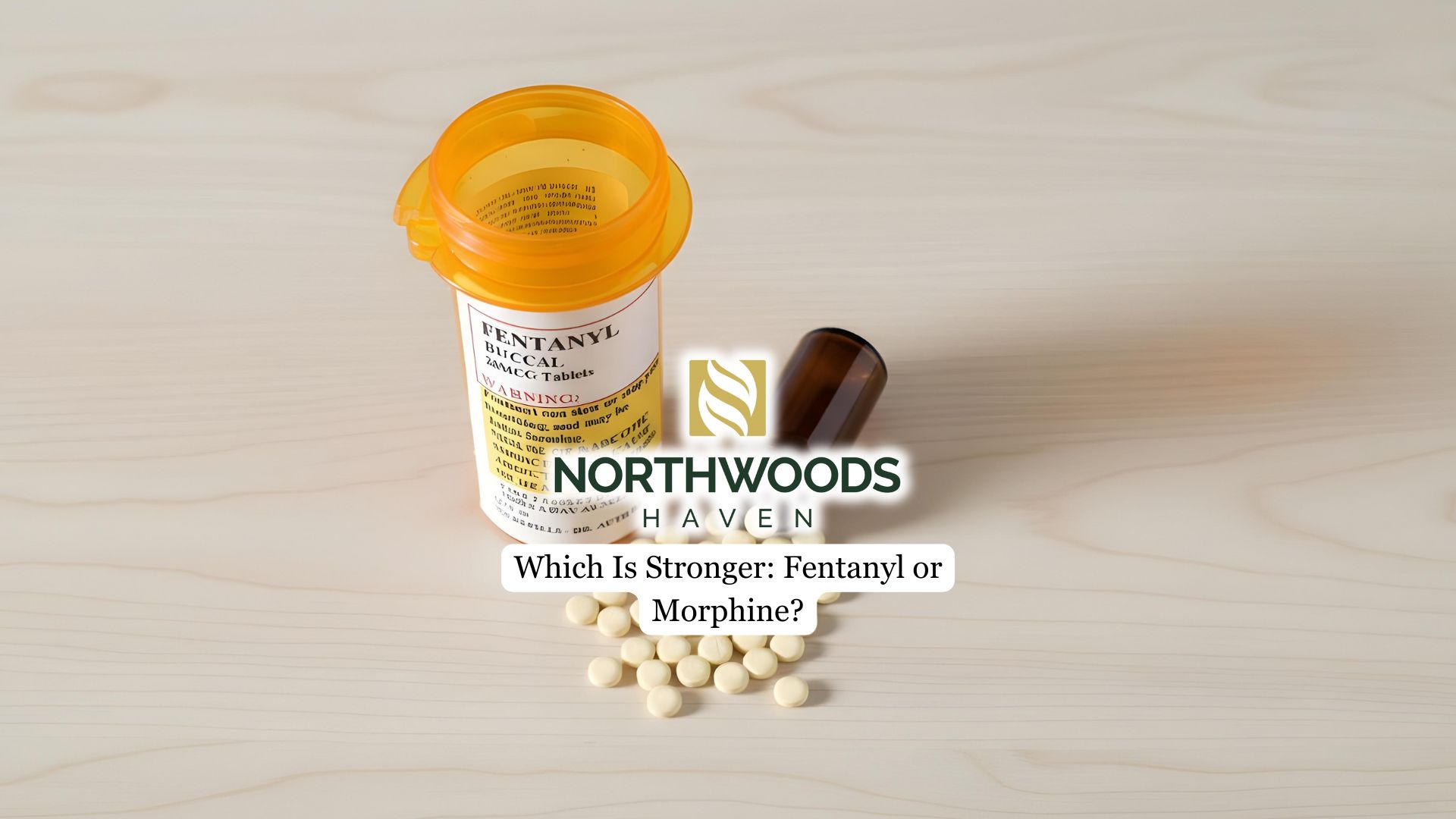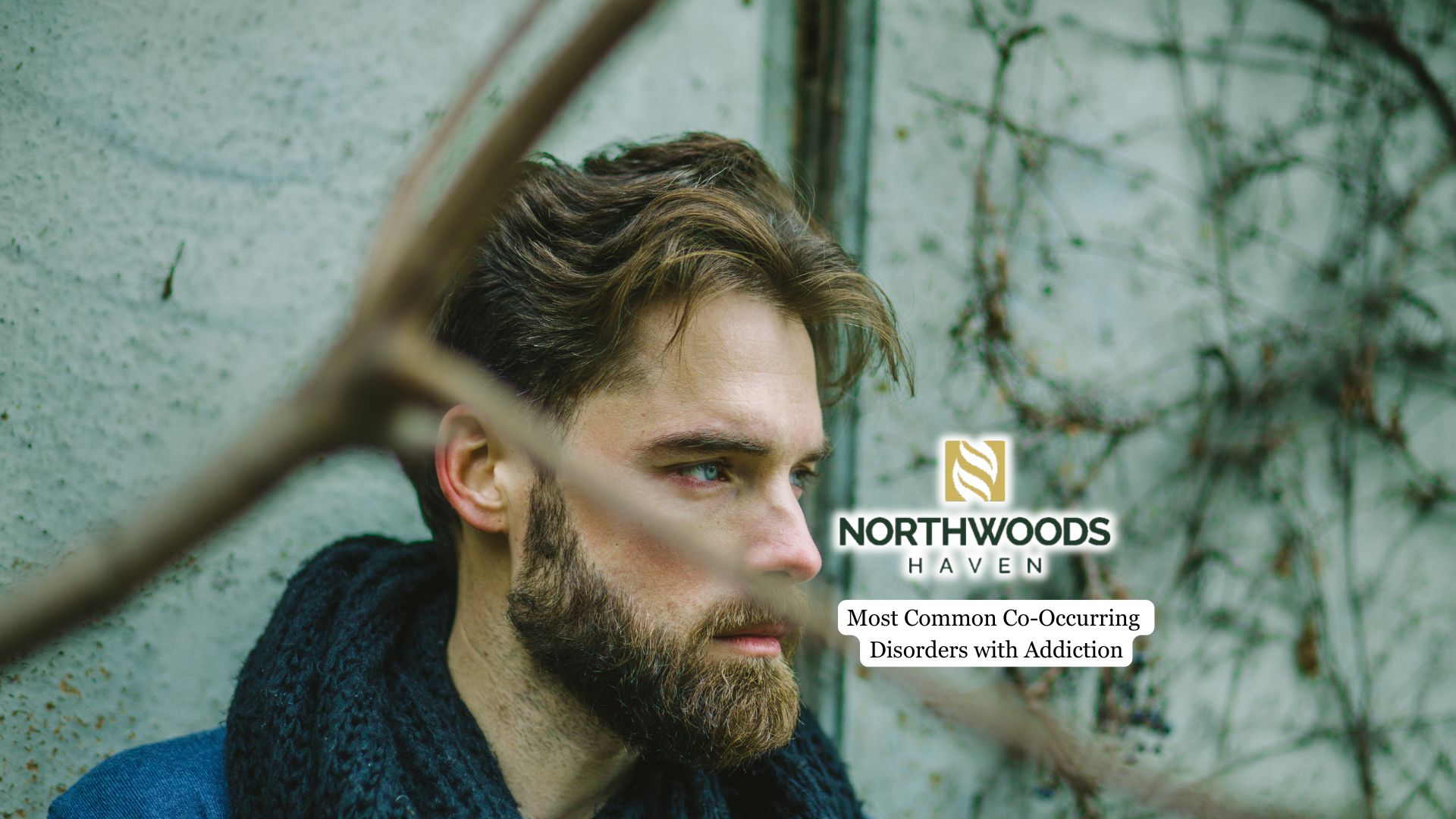The term Liquid Ecstasy might sound like a variation of ecstasy, but the reality is far different — and far more dangerous than the name suggests. Often linked to nightlife and party culture, this substance has earned a reputation for its euphoric effects, yet it also carries significant risks that are not widely understood.
In the sections that follow, we’ll break down what Liquid Ecstasy really is, how it’s used, the potential health dangers, and what steps can be taken when recreational use turns into dependence.
What Is GHB?
Liquid Ecstasy is the street name for gamma-hydroxybutyrate (GHB), a chemical that naturally occurs in the human body in small amounts but is also manufactured illicitly for recreational use. When taken in larger, synthetic doses, it acts as a central nervous system depressant, slowing brain activity and altering mood and perception.
In the United States, non-medical use of GHB is classified as a Schedule I controlled substance due to its high potential for abuse and lack of accepted medical application outside of tightly regulated scenarios. On the street, it is known by names like G, Georgia Home Boy, Liquid X, Fantasy, Blue Nitro, and Scoop.
How Is GHB Used?
Illicit GHB typically comes as a clear, odorless liquid with a slightly salty taste. It is swallowed, often diluted in water or mixed into drinks. Recreationally, GHB is sometimes used in nightclubs, raves, and house parties for its euphoric and disinhibiting effects.
Unfortunately, GHB has also been linked to drink spiking in cases of drug-facilitated sexual assault. Because it is colorless and odorless, victims may not realize they have ingested it until symptoms such as dizziness, confusion, or sudden unconsciousness set in.
A major danger of GHB use is its narrow safety margin, meaning the difference between a “recreational” dose and a dangerous or fatal dose can be very small. When combined with alcohol, benzodiazepines, or opioids, the risk of overdose skyrockets. This pattern of polydrug use is common among people struggling with central nervous system depressant dependence, making CNS depressants addiction treatment a critical resource for reducing harm and supporting long-term recovery.
Health Risks & Dangers
The effects of GHB vary depending on the dose, the individual, and whether other substances are involved.
At low to moderate doses, users may experience:
- Euphoria
- Relaxation
- Increased sociability
- Reduced anxiety

At higher doses, risks escalate to:
- Nausea and vomiting
- Dizziness and confusion
- Severe disorientation
- Muscle weakness or paralysis
- Loss of consciousness
Overdose symptoms can include respiratory depression, seizures, coma, and death. Emergency intervention is critical, as GHB overdoses can progress quickly and are difficult to reverse.
Another serious risk is GHB’s association with drug-facilitated crimes. Because it can cause memory gaps and rapid incapacitation, perpetrators may exploit it for assault.
Long-Term Use & Health Impact
Chronic GHB use can lead to physical dependence and tolerance, meaning users need increasingly larger doses to achieve the same effects. Withdrawal from GHB can be extremely dangerous, often requiring hospital-based medical detox.
Withdrawal symptoms can include:
- Anxiety and panic attacks
- Tremors and sweating
- Insomnia
- Hallucinations
- Seizures
Long-term misuse can also impair memory, focus, and mood regulation, and may contribute to liver and kidney strain over time.
Harm Reduction & Treatment Options
While the safest option is to avoid GHB entirely, harm reduction measures can save lives:
- Never accept drinks from strangers or leave your drink unattended.
- If someone is suspected of overdosing, call 911 immediately, place them on their side, and monitor breathing until help arrives.
Treatment for GHB addiction often starts with medically supervised detox due to the severity of withdrawal symptoms. Following detox, evidence-based approaches such as cognitive behavioral therapy (CBT), relapse prevention planning, and participation in support groups can help sustain recovery.
For those struggling with GHB or other substance use disorders, a comprehensive treatment program offers the best chance for long-term recovery.
Final Thoughts from Northwoods Haven Recovery
Liquid Ecstasy, or GHB, is more than just a party drug — it’s a potent central nervous system depressant with serious short- and long-term risks. Its unpredictable effects, high overdose potential, and role in drug-facilitated crimes make it one of the most dangerous substances circulating in nightlife and illicit markets.
At Northwoods Haven Recovery, we provide specialized CNS depressants addiction treatment in MN designed to address the unique challenges of substances like GHB. Our programs combine evidence-based therapies, medical monitoring, and relapse prevention strategies to help individuals break free from dependence and reclaim their health. Recovery is possible, and taking the first step toward treatment can make all the difference.



